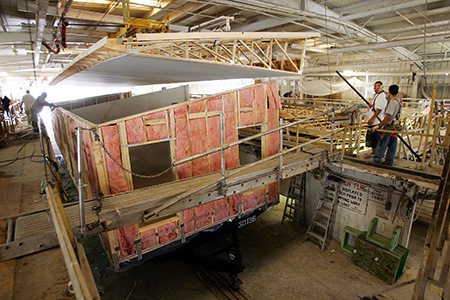SWOT analysis for Prefabrication Housing Production
Abstract
The article focuses on Prefabricated Housing Process explaining all the innovations and benefits, which this production method has brought into the estate market. In the past years, the most common method of building housing was the on-site method. The construction process starts with a project, which is developed by professionals and requires a certain amount of time to be completed. Once the final project is obtained and approved, is it possible to start with the building phase. The process required the set up of a construction site, which costs time and a large amount of money. The following phase is the construction operated on site, which is exposed to various risks that can be generated by the site environment, or from unpredictable events. The manpower cost is higher, because it must be highly specialized, and it has to adapt its knowledge depending on the site and the project to be implemented. Another significant economic impact on the buildings cost is generated by the transport of materials and the mechanical vehicles, needed in the construction process. With the advance of technology and the expansion of knowledge, many companies have finalized to the conclusion that the process of houses prefabrication is more efficient than the on-site construction.The Prefabricated Process is a high performance method, that highly increases the efficiency in building production. During the process of Prefabricated home, the design is done in collaboration between different partners, who have to develop their products using factory prefabrication methods. This is a total new concept in the building design. Despite the fact that researches and new instruments have been applied in this emerging industry, most of them need to be further improved. The various experiences developed over the years show that, It is a process where the different design teams (for example: structural engineers, architect, Building Services engineers, etc.) work closely in order to adapt the prefabrication process to a whole building. The design aspects are developed to raise quality and performance as possible. The Prefabrication Process increase in efficiency, both in economic and temporal terms. For all these reasons, is it possible to say that, the building business is moving to new frontiers, namely: Prefabrication.
